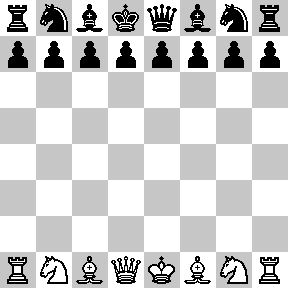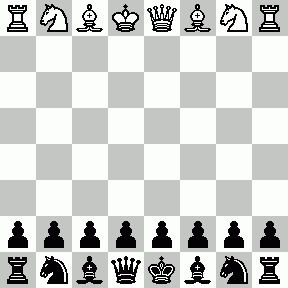You enter a chess club and see pieces arranged on a board like this:
Someone tells you that 2 players were playing a game (according to standard chess rules). At the end white announced a mate in 4, which caused the black player to angry leave the room shortly followed by the white player.
How can white win the game in 4 moves?
This puzzle is one of Lord Dunsany’s Inferential Problems.


